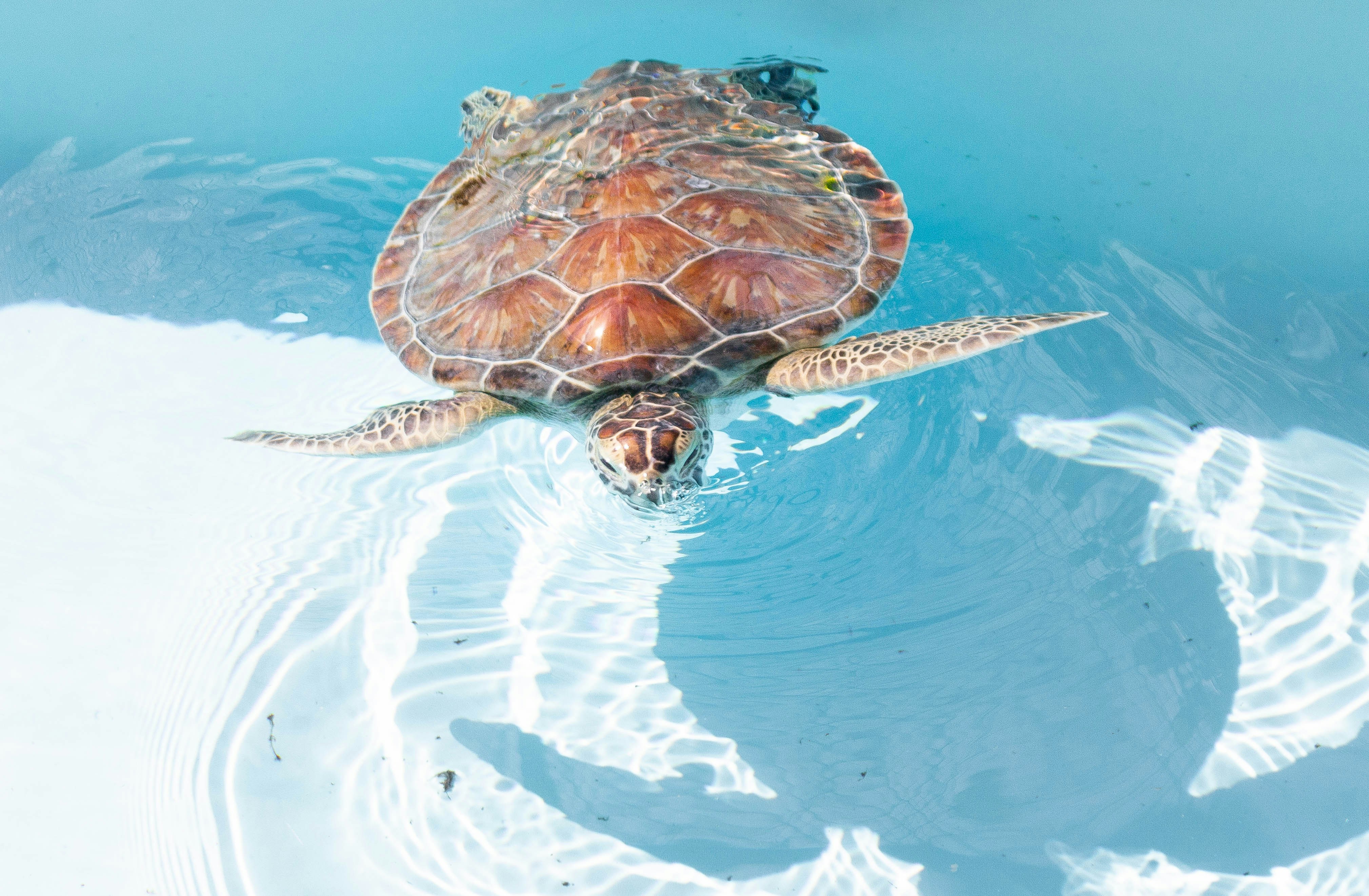News release
From:
The loggerhead turtle can learn and remember the magnetic signature of an area and does a ‘turtle dance’ when in a location that they associate with food, a study in Nature reports. The research presents mechanisms of how migratory species navigate using the magnetic field of the Earth.
Sea turtles are renowned for their long-distance migrations and often return to feeding sites, even after seasonal journeys and displacements. Precisely how such species navigate remains undetermined, but growing evidence suggests the animals use the magnetic field of the Earth as a map and compass.
To determine whether turtles can learn the magnetic signatures of geographical areas, Kayla Goforth and colleagues housed juvenile sea turtles in tanks in which magnetic signatures related to specific geographical locations were recreated. The juveniles spent an equal amount of time in two magnetic fields but were fed in only one of them. When in the area associated with feeding, the turtles start to dance in anticipation. This finding presents strong evidence that turtles can learn to distinguish between magnetic fields, creating an internal ‘magnetic map’. The authors discovered this sense relied on a separate mechanism to the magnetic ‘compass’ of the turtle, implying that turtles have two distinct geomagnetic senses to facilitate navigation.
The findings suggest that migratory species such as loggerhead turtles use the geomagnetic field as a map when navigating large distances. The authors suggest the two distinct tools of magnetoreception could also be present in most vertebrate species, but more research is needed to determine the inner workings of these mechanisms.



 International
International


